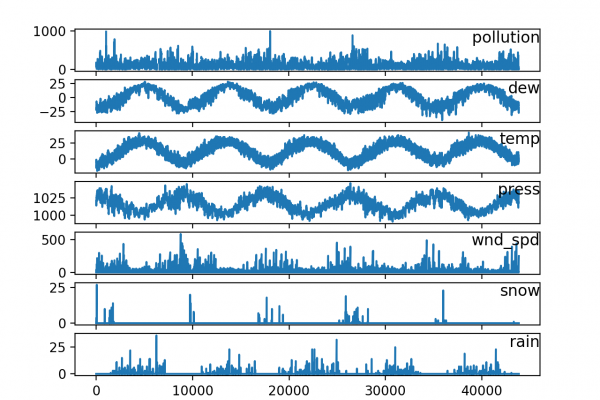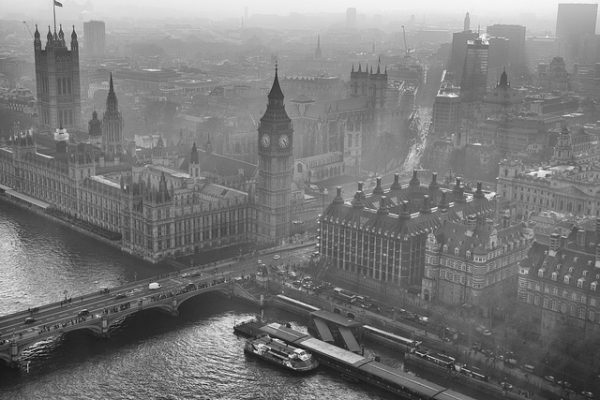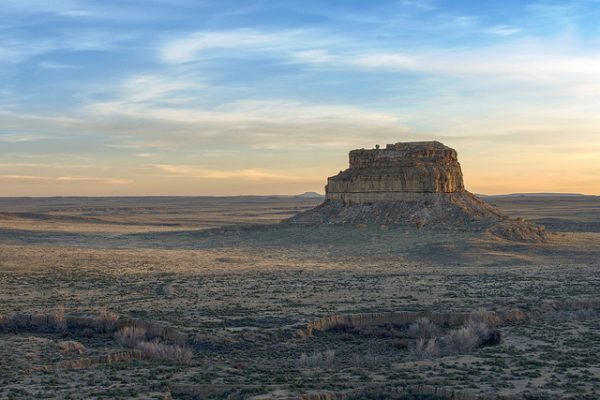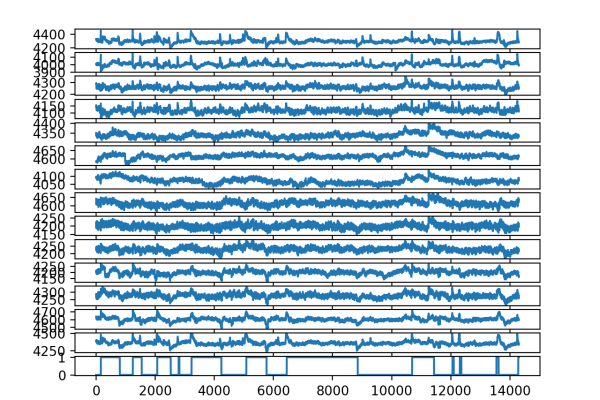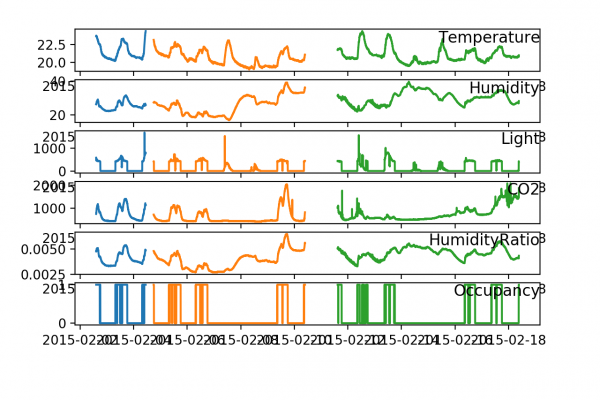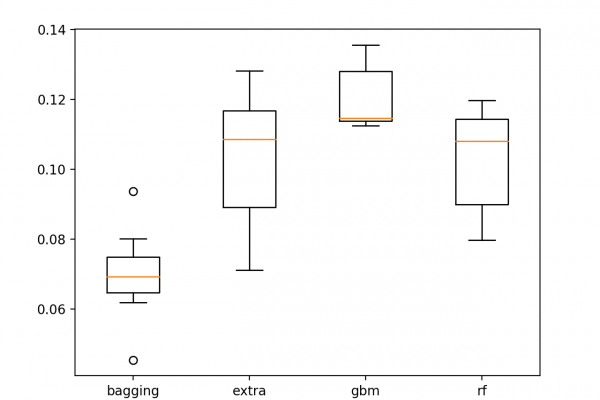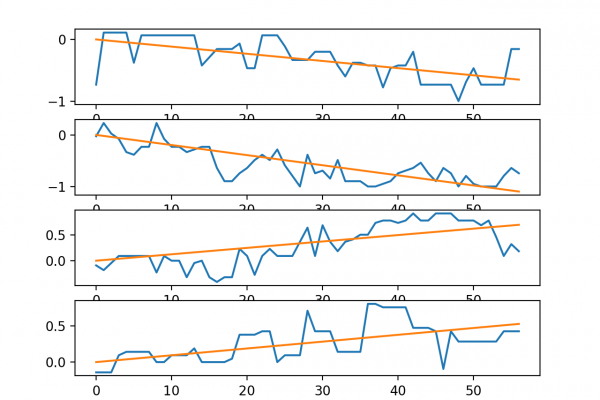Multivariate Time Series Forecasting with LSTMs in Keras
Last Updated on August 28, 2020 Neural networks like Long Short-Term Memory (LSTM) recurrent neural networks are able to almost seamlessly model problems with multiple input variables. This is a great benefit in time series forecasting, where classical linear methods can be difficult to adapt to multivariate or multiple input forecasting problems. In this tutorial, you will discover how you can develop an LSTM model for multivariate time series forecasting with the Keras deep learning library. After completing this tutorial, […]
Read more